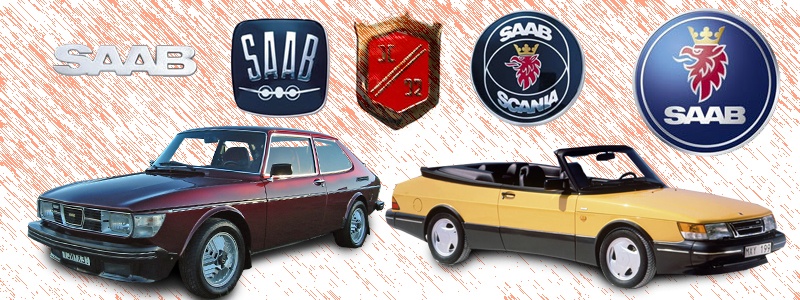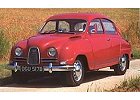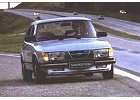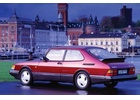Saab has a relatively short automotive history.
The company was founded in Trolhattan as Svenska
Aeroplan Aktiebolaget to manufacture high-performance
aircraft before World War 2. Only after
the war would the company make its first foray
into automobile manufacture. The first prototype
vehicle, the 92001, would be hand built by 17
aeronautical engineers – amazingly only
one having a driver’s license.
As you would
expect, the lessons learned from aircraft manufacture
were applied to the car; the first Saab boasted
clean, aerodynamic lines while maintaining the
typical Swedish traits of being both efficient
and functional. In 1949 came the Saab 92, a car
that would prove immensely popular and remain
in production until 1956, with some 20,000 being
manufactured. In 1955 came the radically different
Saab 93, which used a 3 cylinder engine, new
transmission and tubeless tires. The Sonett followed
in 1956, the first sports car manufactured by
Saab and capable of an impressive 160 km/h.
Arguably
too advanced, and certainly too expensive, only
six would be produced. In 1962 came the Saab
sport, a car that would help Erik Carlsson win
many major rally victories; in recognition of
Carlsson’s achievements, the car would
be renamed the Monte Carlo 850. Always at the
forefront of safety innovation, every Saab manufactured
from 1962 onward came fitted with seat belts
as standard equipment. As time marched
on, the Saab’s would continue to grow in
size, and by 1968 the company had manufactured
their first large car, the Saab 99. The new Saab
featured the now signature wraparound windscreen,
and would provide the basis for much technological
innovation over the ensuing years, although the
car was actually so good the engineers were hard
pressed to find ways of improving it.
In 1970
came self cleaning headlamps, in ’71 came
self-repairing bumpers, and 1972 would see the
introduction of side-impact door beams. But it
was in 1976 that the engineers really went to
town on the 99, fitting a turbocharger and making
the 99 one of the first ever “everyday” cars
to offer this kind of technology. From 1990 Saab
became part of the GM global empire.
|







